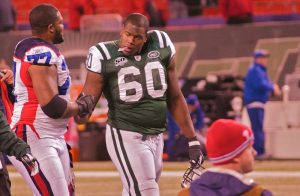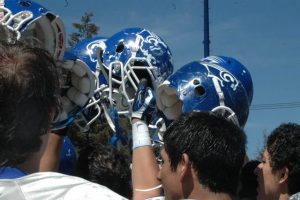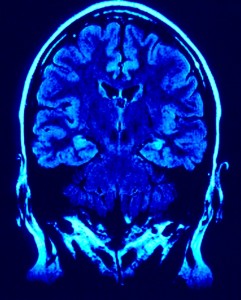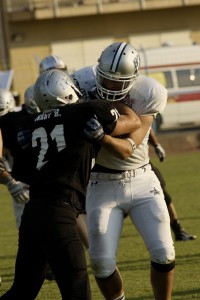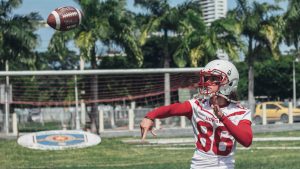 Children in Escondido can suffer concussions and other types of traumatic brain injuries (TBIs) just as adults can. There are many common causes of TBIs in both kids and adults, including, for example, car crashes and sports-related accidents. According to a recent report in U.S. News & World Report, some sports and recreational activities are much more hazardous than others when it comes to brain injury risks for kids. More specifically, a majority of children who sustain traumatic brain injuries in sports- or recreation-related activities sustain those injuries while playing football or soccer.
Children in Escondido can suffer concussions and other types of traumatic brain injuries (TBIs) just as adults can. There are many common causes of TBIs in both kids and adults, including, for example, car crashes and sports-related accidents. According to a recent report in U.S. News & World Report, some sports and recreational activities are much more hazardous than others when it comes to brain injury risks for kids. More specifically, a majority of children who sustain traumatic brain injuries in sports- or recreation-related activities sustain those injuries while playing football or soccer.
CDC Study Discusses Dangers of Contact Sports for Kids
This information about the serious risks of both football and soccer for kids was published in a new study conducted by the U.S. Centers for Disease Control and Prevention (CDC). That study emphasized that contact sports are the most dangerous in terms of TBI risks, resulting in approximately 45% of all brain injuries that send kids to emergency departments every year. In general, football was the cause of the highest number of TBIs in male children, while soccer was the leading cause of brain injuries in female children. According to the report, “contact sports resulted in nearly twice as many TBI [emergency department] visits as did non-contact sports and four times those associated with recreation-related activities.”
 North County San Diego Injury Lawyers
North County San Diego Injury Lawyers


